Every three years, the Bruges Triennial (Belgium) invites inhabitants and tourists to (re)discover the city through contemporary art and architecture. For the 2021 edition, to be discovered until October 24, 13 artists and architects have appropriated the historic heart of Bruges. Here is an overview of some of the works that await you.
Summary
TraumA
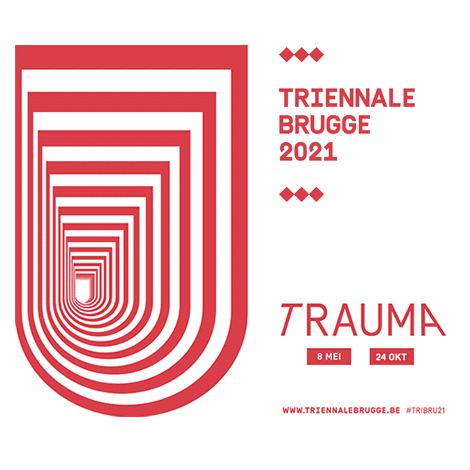
This third edition of the Bruges Triennial is called “TraumA”. The artists and architects were invited to question the hidden dimensions of society, whether by revealing unknown places or the loneliness, fear and poverty that are also hidden behind the postcard image that we often have of the city.
A triennial to rediscover Bruges
While some of the artworks can be seen in popular places in the city, such as the Burg Square or museums, others are scattered in spaces that are usually less frequented by visitors. By going in search of the artworks, the triennial allows us to get off the beaten track and discover another side of the city, less touristy but just as charming.
Having already visited Bruges several times, I was surprised to discover new areas that I had not suspected. The triennial has a double interest: it promotes contemporary art but also allows to put forward the whole territory of Bruges.
ALSO READ: What to do in Bruges? 10 must-see visits
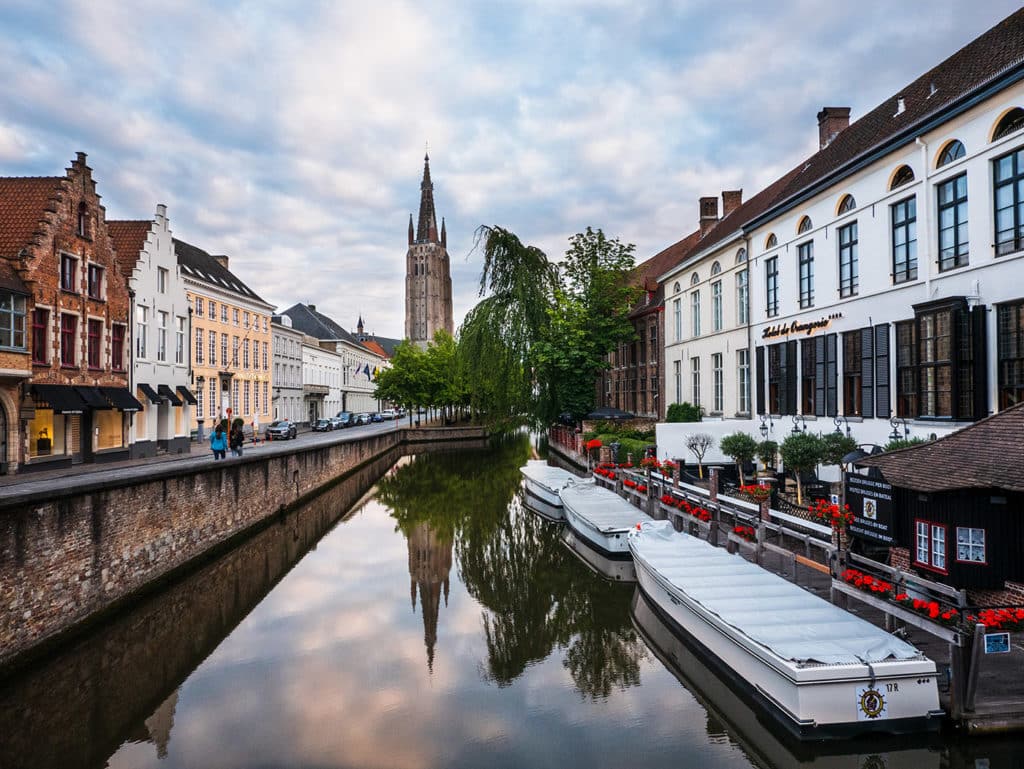
Some artworks to see during the triennial
Thirteen artworks are to be seen during this triennial, the complete list is available on the official website. To give you an overview, here are my 5 favorites of this edition.
The scaffolding tree of Hector Zamora
Head east of Bruges to discover this impressive work by Hector Zamora. It is a giant scaffolding installed around a large tree, a black pine from Austria.
This work was inspired by the “ceibo”, a sacred tree of the Amazonian forest surrounded by climbing plants that gradually absorb its energy.
This scaffolding represents by imitation the envelopment of the tree by a human intervention but here the usually aggressive installation becomes poetic and allows to harmoniously connect the human being and the nature.
It is possible to enter this installation and to climb to the top, enjoying a breathtaking view of Bruges and the mills located next to it.
Hector Zamora, Strangler
Tuin van het Gezellehuis
The black tunnel of Gregor Schneider
It is in the church of the Grootseminarie (Great Seminary) that Grego Schneider has set up his installation which pushes the visitor out of his comfort zone.
In a corridor plunged into total darkness and isolated from the rest of the church, the artist invites us to zigzag and find our way. Deprived of sight, our other senses are fully put to work to find the exit and avoid hitting another visitor.
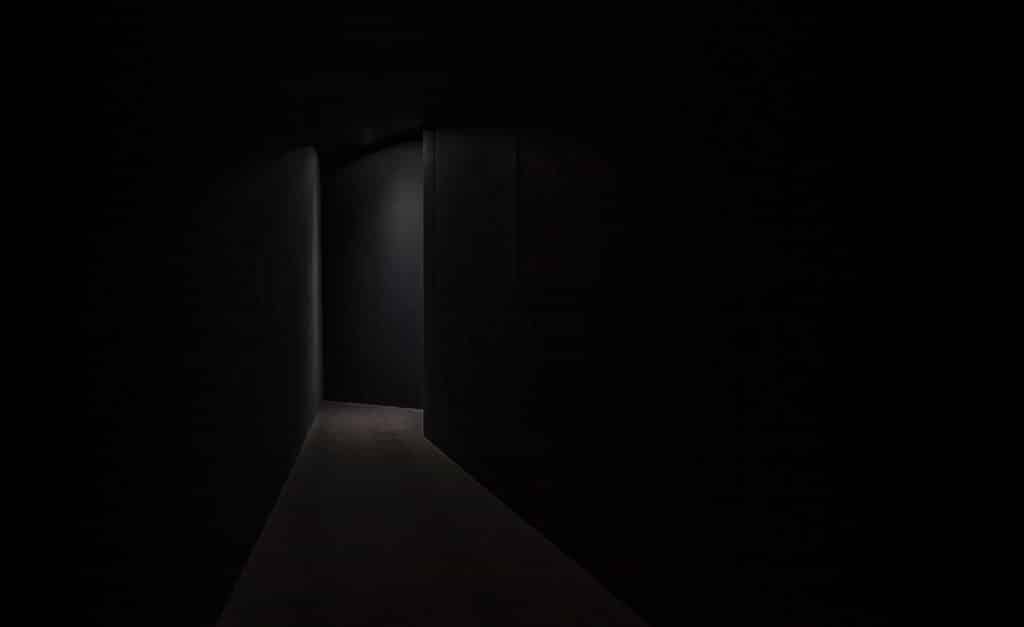
Gregor Schneider, Black Lightning
Kerk Grootseminarie
The Dance of Death by Hans Op de Beeck
Here is a very strange carousel. Far from the colorful and lively merry-go-rounds that we are used to seeing in cities, Hans Op de Beeck has imagined a frozen and silent carousel. Inside, the living have been replaced by skeletons in a scene halfway between dream and nightmare.
Strange and melancholic, this installation echoes the danse macabre, an artistic motif very popular in the Middle Ages in Northern Europe where the dead addressed the living often in a sarcastic tone.
It is a striking artwork that can charm as well as shock. Personally I found it particularly original and captivating.

Hans Op de Beeck, Danse macabre
Sint-Maartensplein / Sint-Walburgakerk
The reinvented statue by Joanna Malinowska & C.T. Jasper
In the Begihnhof is installed a statue that seems to come from another time. It is a replica of a Polish sculpture that was installed in Gdynia, Poland. This beautiful triumphant woman, erected to personify an oppressive regime, was moved at the end of the Russian occupation.
Joanna Malinoswka was nevertheless very marked by this statue of her youth, which carries memories. With C.T. Jasper, she imagined a fictional biography of her.
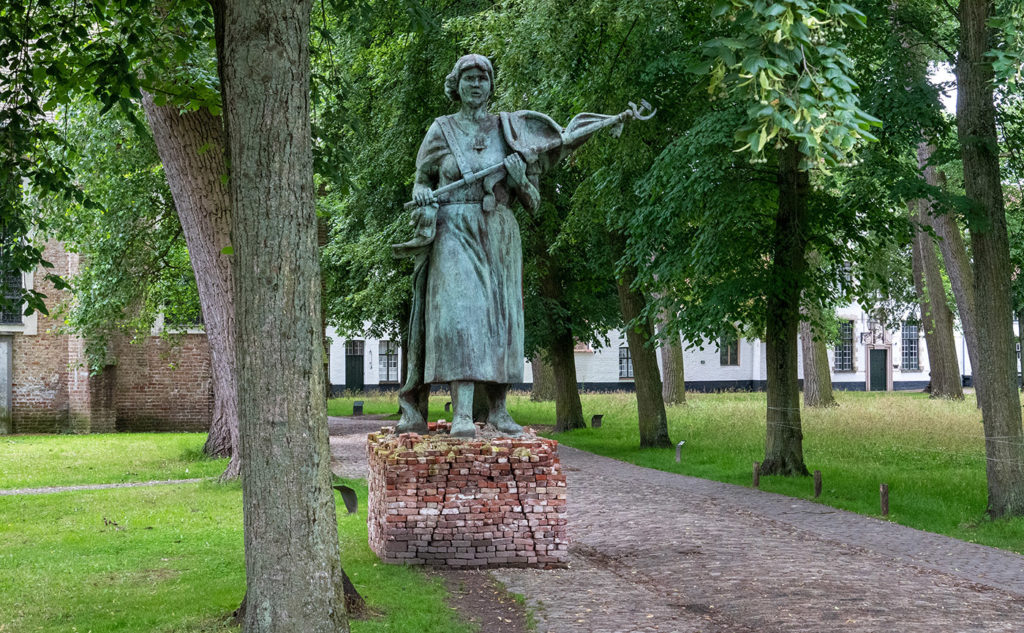
Joanna Malinowska & C.T. Jasper, Who is afraid of Natasha
Begijnhof
Amanda Browder’s socially connected artwork
Here is a work that was developed with the full involvement of the community. Amanda Browder first collected fabrics from the population. These were then organized and woven by volunteers who, through contact with the artist, were able to learn different artistic techniques. The work produced then became a factor of social link for the population.
Installed in a third stage in the public space, it is transformed into a work of art accessible by its bright colors. A “happy accident” that appears above the canal and in the middle of the houses.
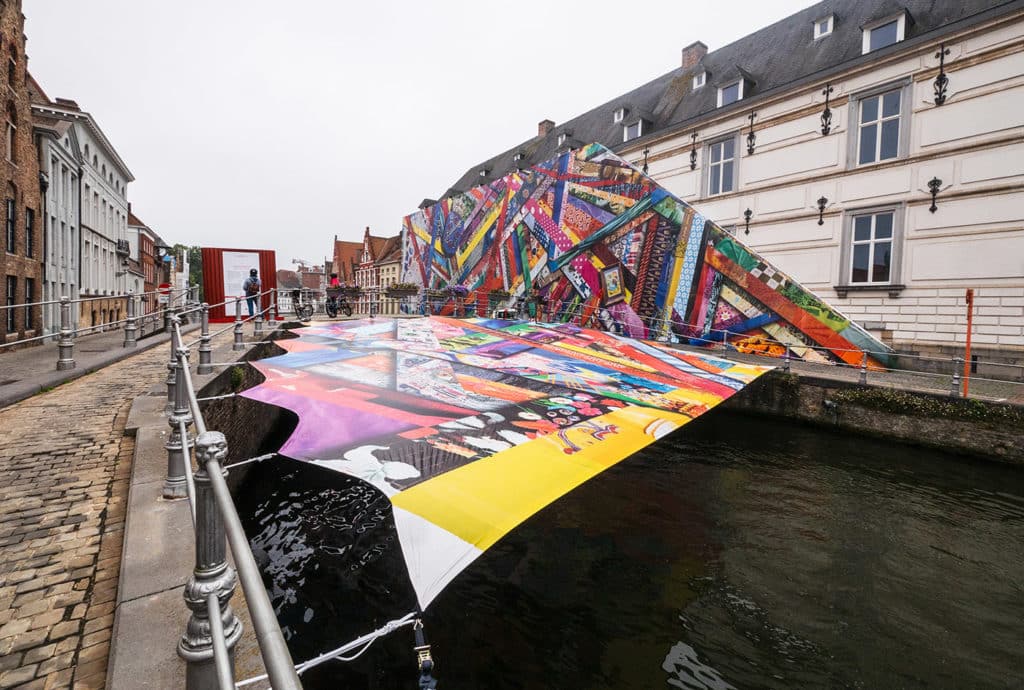
Amanda Browder, Happy Coincidences
Verversdijk
Discover all the works of the triennial
If you want to discover all the works of this triennial, go to https://www.triennalebrugge.be/en/ and of course to Bruges until October 24, 2021.
Visit Bruges
Take advantage of this triennial to discover Bruges, a city that does not lack charm!
Must-see activities and good addresses… prepare your stay with this complete travel guide:

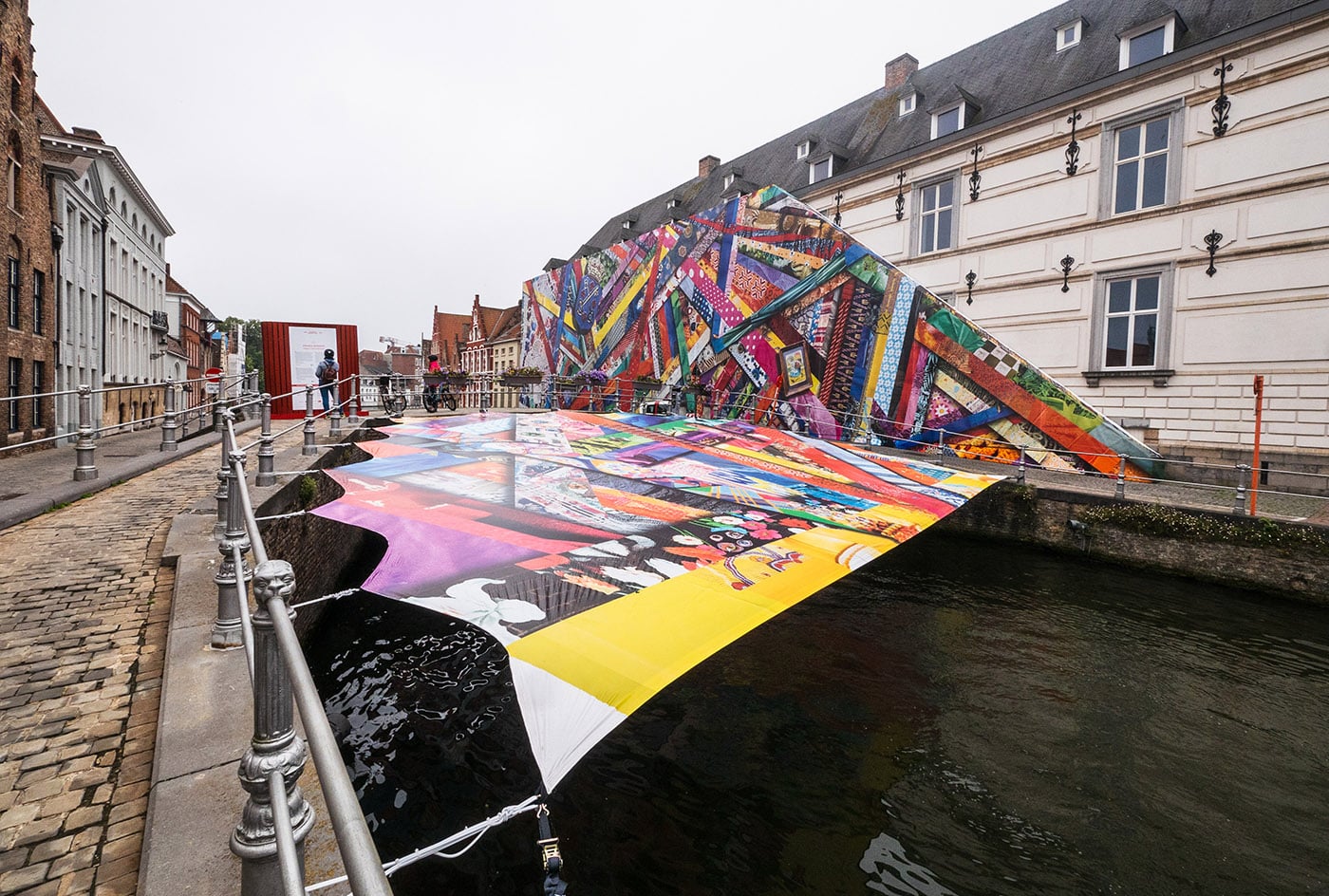

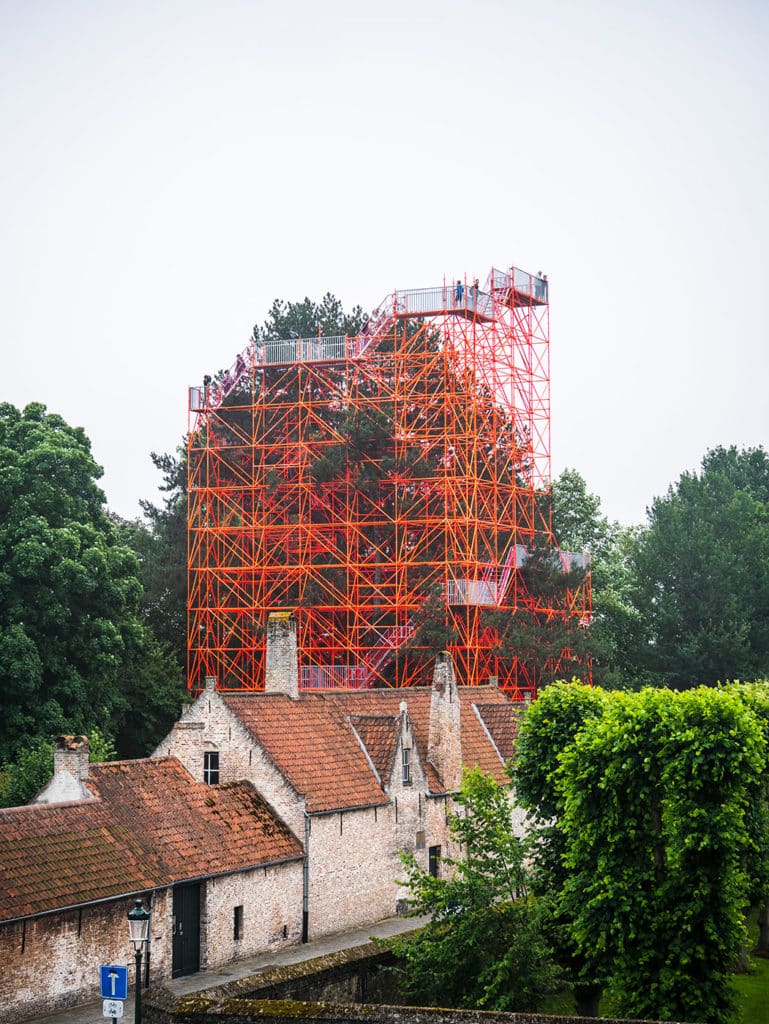
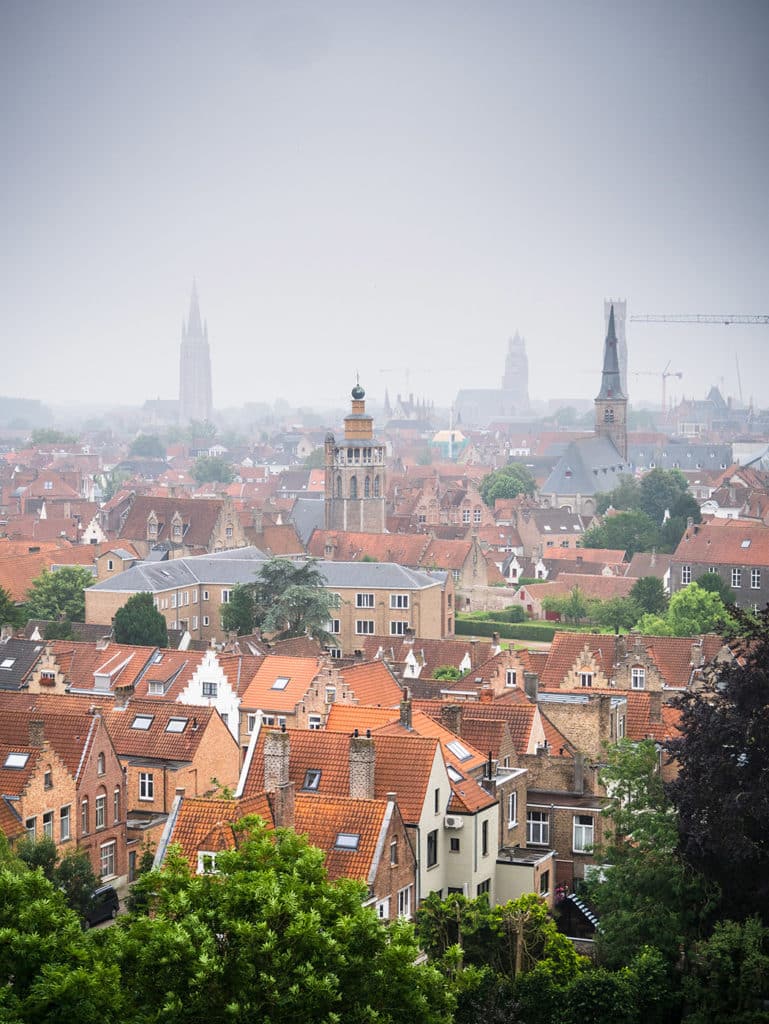
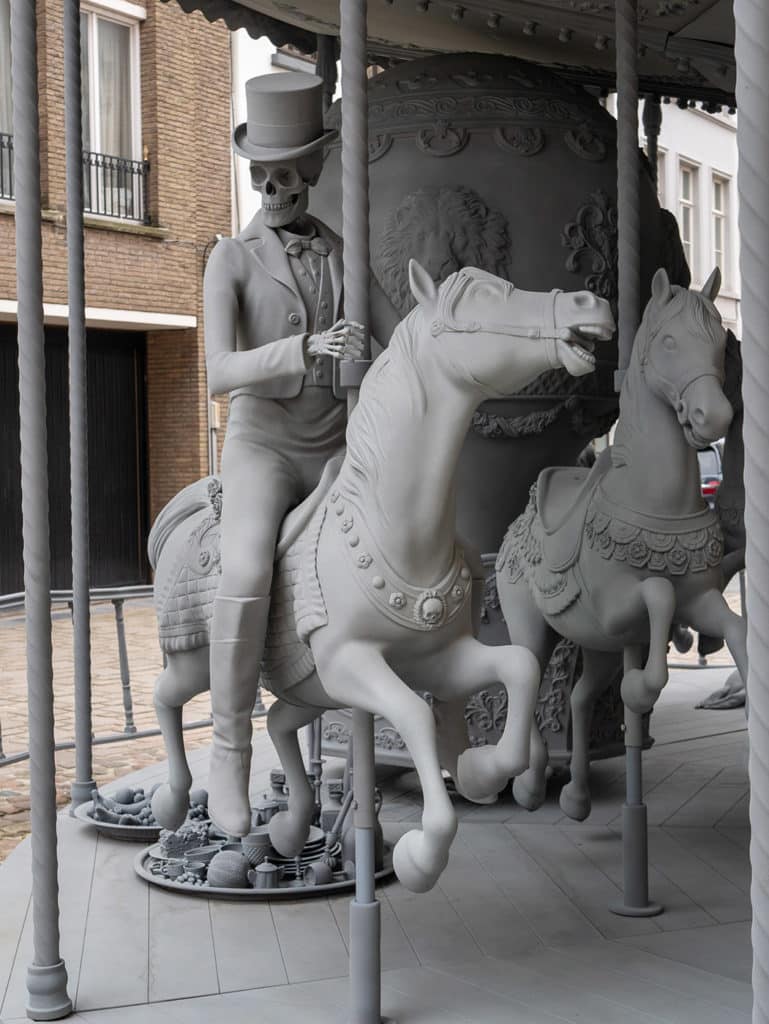
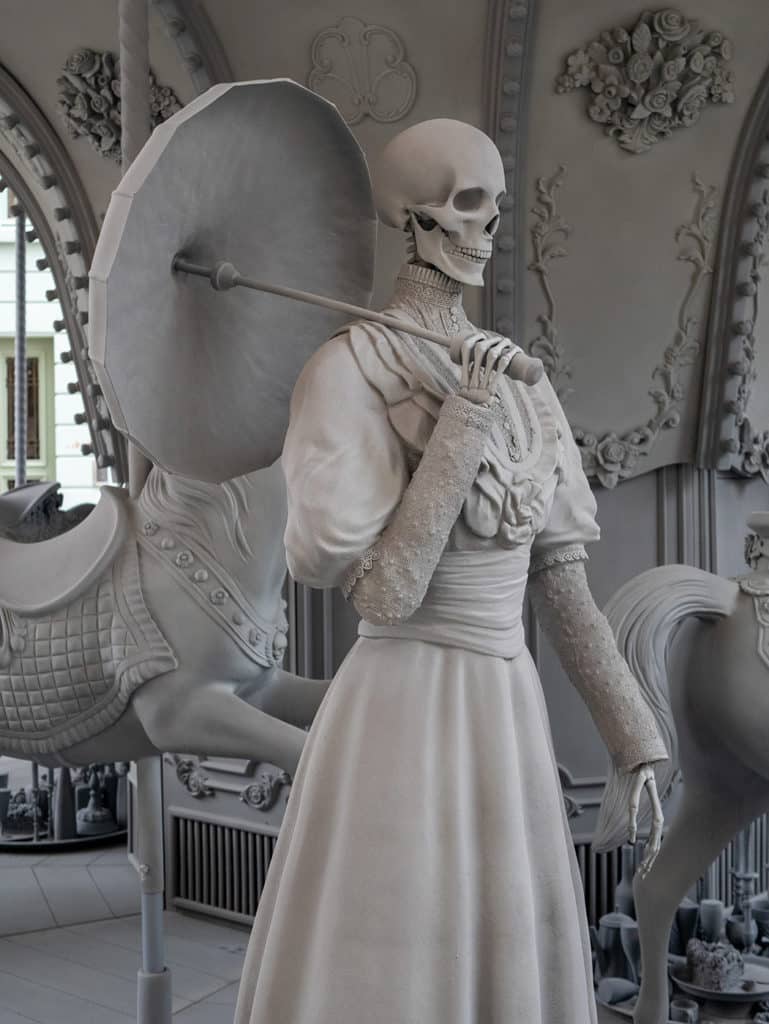
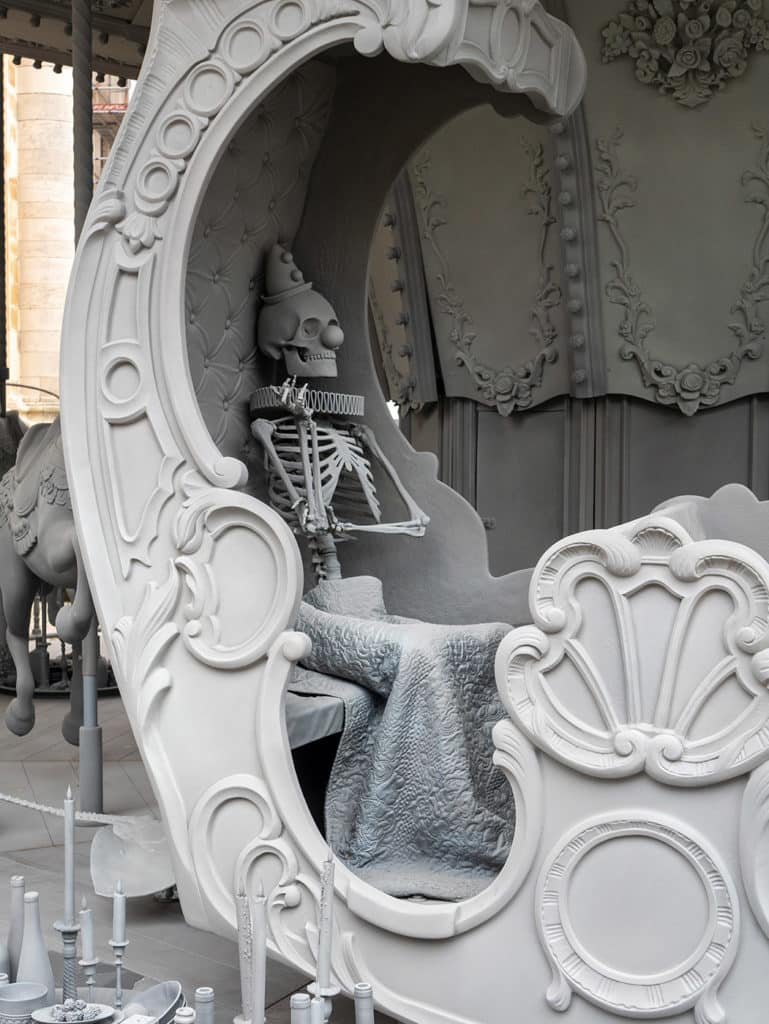


No Comments
Leave a comment Cancel